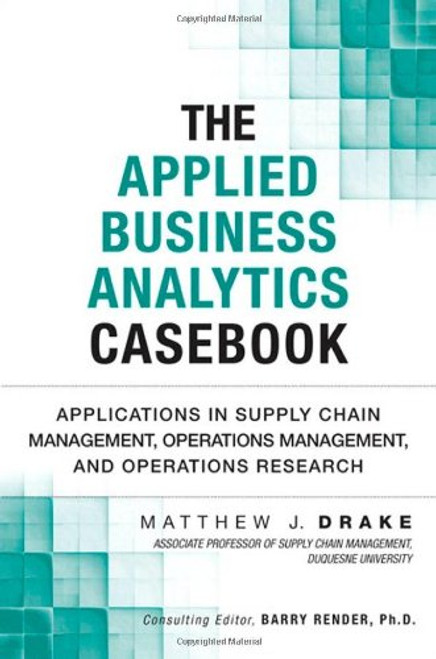Product Overview
Winner of 2013IIE/Joint Publishers Book-of-the-Year Award
Emphasizing a quantitative approach, Supply Chain Engineering: Models and Applications provides state-of-the-art mathematical models, concepts, and solution methods important in the design, control, operation, and management of global supply chains. The text provides an understanding of how companies plan, source, make, and deliver their products to create and/or maintain a global competitive advantage. It emphasizes application of operations research models and methods to optimize the various components of an integrated supply chain.
The authors have carefully constructed the book so that it is not so micro in its focus that the perspective on the larger business problem is lost, nor is it so macro in its treatment of that business context that it fails to develop students appreciation for, and skills to solve, the tactical problems that must be addressed in effectively managing flows of goods in supply chains. Building students knowledge of the first principles of supply chain engineering, the book covers the traditional issues in operations, logistics, and supply chain managementforecasting demand, managing inventories, managing transportation, and locating facilities. It also includes a number of new optimization tools such as risk pooling, for addressing these problems, based on recent research.
In addition, the authors treatment of managing customer-supplier relations supplies a fresh perspective that draws on recent research using multiple criteria optimization methods. Moreover, the chapter on managing risks in supply chains presents important problems that extend beyond the traditional treatment of supply chain management. Building a bridge between theory and practice, the authors pull all of these themes together in the culminating chapter that solidifies students understanding of managing global supply chains.








